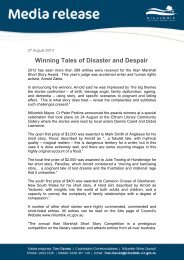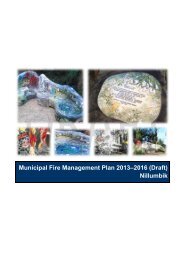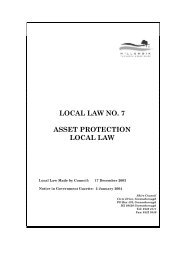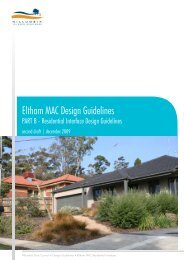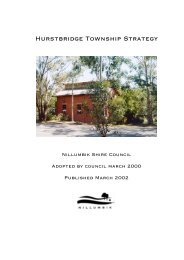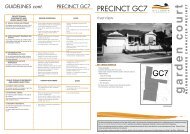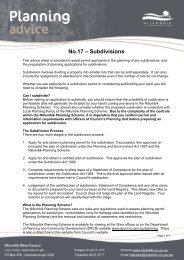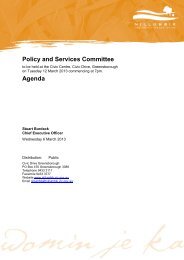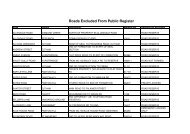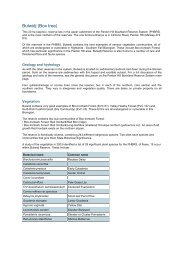26 March 2013 - Nillumbik Shire Council
26 March 2013 - Nillumbik Shire Council
26 March 2013 - Nillumbik Shire Council
Create successful ePaper yourself
Turn your PDF publications into a flip-book with our unique Google optimized e-Paper software.
OCM.029/13 Submission to Metropolitan Planning Strategy 2012 Discussion PaperAttachment 1‐ Energy efficient urban design‐ Lower impact transport‐ Local electricity generation‐ Capturing, recycling and reusing water‐ Conserving areas we value‐ Creating a green edge to the city‐ Food Production‐ Waste and resource useDiscussionThe urban heat island effect The paper appears to accept that environmental and climatic conditions will change,rather than tackling the more difficult issue of climate change prevention. Suggestedremedies such as planting more street trees to reduce the Urban Heat Island effect,treats the symptom rather than the cause of the problem.Energy efficient urban design This is a broader issue than just energy efficient design. Other sustainability factors havean impact on liveability and to focus singly on energy efficiency misses the mark. Urbandesign requires a two-pronged approach:‐ Increase minimum requirements for new buildings. The current six star energy ratingis not adequate to make significant inroads into our emissions and comfort levels.There is little or no incentive for developers of residential and commercial buildings toconstruct highly efficient buildings. They do not pay the ongoing utilities bills nor dothey have to live or work in the completed building. Minimum requirements shouldinclude not only the thermal performance of the building, but also applianceefficiency, sustainable material use, internal water use, stormwater management,waste management and sustainable transport options which all contribute to betterenvironmental outcomes.‐ Retrofitting existing buildings requires much more than changing light globes andshowerheads to have any significant impact on energy use. Expending effort onimproving the thermal efficiency of a building through passive design features has alarge, ongoing effect on the amount of energy and water required to operate abuilding. Capacity building through education and minimum standards should beintroduced in the residential and commercial sectors. Residential Mandatory35



